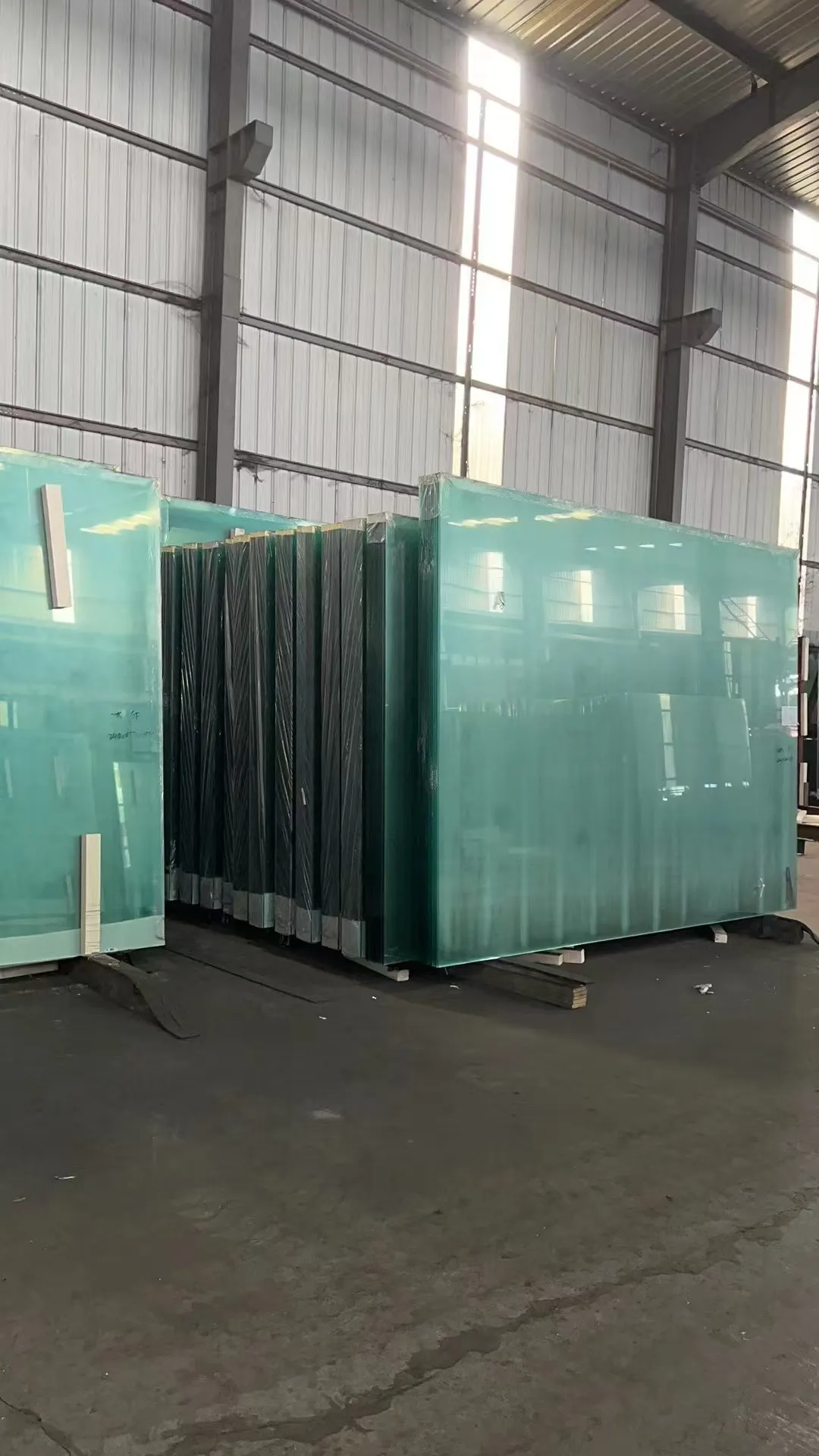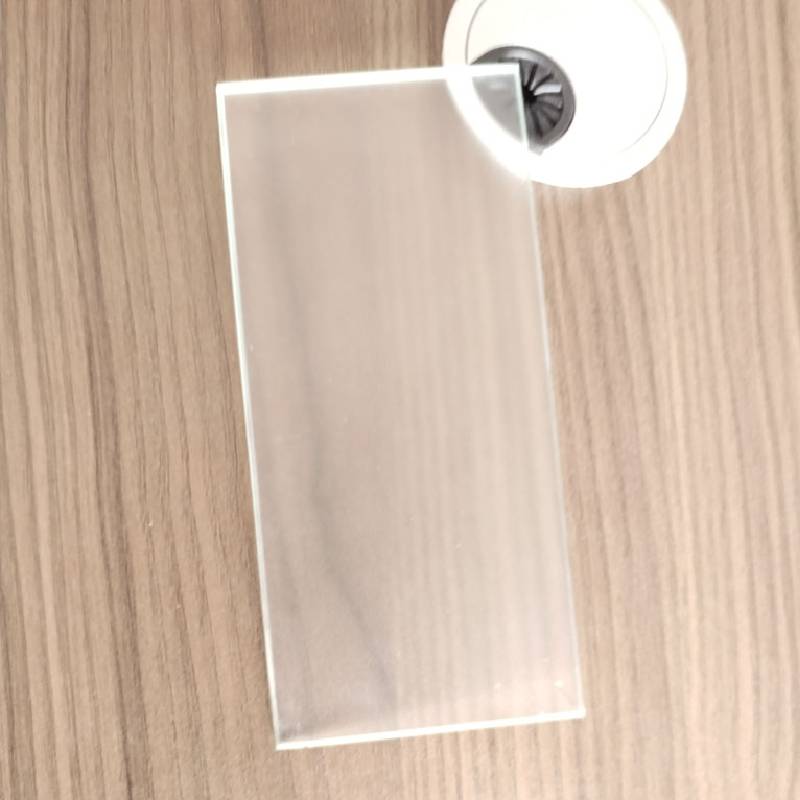Toughened glass, also known as tempered glass, is a type of safety glass processed by controlled thermal or chemical treatments to increase its strength compared to normal glass. A key reason why homeowners and businesses alike invest in toughened glass is its enhanced safety and durability. This article delves into the cost of toughened glass per square foot and factors influencing its price, equipped with expert insights from both industry professionals and consumer experiences.

When evaluating the cost of toughened glass, it's important to understand that prices can vary substantially depending on several factors. Typically,
the cost fluctuates between $10 to $25 per square foot. However, these figures can shift based on various influencing elements including thickness, size, special treatments or coatings, and customizations.
Thickness is a primary factor affecting the price of toughened glass. Generally, thicker glass is more expensive due to the increased amount of material and the complexity involved in its tempering process. For instance, a 6mm thick pane is generally less costly compared to an ultra-thick variety of 12mm or 19mm. Homes with large windows or businesses dealing with areas requiring extra safety measures might opt for the thicker options, despite their higher price tag, because of their superior durability and impact resistance.

Customization also plays a significant role in pricing. Custom shapes, edge finishes, or drilling requirements inevitably add to the cost. A frameless glass door with polished edges may cost more due to the precise engineering needed to achieve the sleek aesthetic commonly desired in modern architecture. Customers have shared that while the initial expenditure is higher, the bespoke design elements greatly enhance the visual appeal and functionality of spaces, contributing to higher property value in the long run.
Special treatments such as anti-glare coatings, colored tints, or self-cleaning features are becoming more popular and influence the overall cost. Homeowners in high-sunlight areas might invest in tinted or anti-glare toughened glass to reduce heat and UV influx, enhancing comfort and energy efficiency. These enhancements, while premium, are viewed as investments towards reducing future costs in terms of energy consumption and maintenance.
toughened glass cost per square foot
The geographical location also bears an impact on pricing due to labor costs and transportation fees. In metropolitan areas, the cost per square foot may be higher due to increased demand and logistical considerations, whereas rural areas might offer slightly cheaper options but with limited variety.
According to experts from the construction and interior design sectors, incorporating toughened glass is not just a trend but a crucial consideration for future-proofing spaces. The blend of safety, aesthetic versatility, and sustainability positions toughened glass as a favored material for both residential and commercial projects.
Customers consistently cite safety as the most important factor when choosing toughened glass. Traditional glass can shatter dangerously and cause injuries, while toughened glass breaks into small, less harmful pieces, making it a safer alternative. This safety feature is particularly endorsed by families with young children or in environments where high traffic may lead to accidental impacts.
Overall, while the initial cost of toughened glass might be higher than standard glass, its long-term benefits, including enhanced safety, durability, and potential energy savings, justify the investment. The decision is a reflection of prioritizing both the aesthetic quality of spaces and the inherent safety of the occupants—key considerations for any forward-thinking homeowner or business.
 Afrikaans
Afrikaans  Albanian
Albanian  Amharic
Amharic  Arabic
Arabic  Armenian
Armenian  Azerbaijani
Azerbaijani  Basque
Basque  Belarusian
Belarusian  Bengali
Bengali  Bosnian
Bosnian  Bulgarian
Bulgarian  Catalan
Catalan  Cebuano
Cebuano  Corsican
Corsican  Croatian
Croatian  Czech
Czech  Danish
Danish  Dutch
Dutch  English
English  Esperanto
Esperanto  Estonian
Estonian  Finnish
Finnish  French
French  Frisian
Frisian  Galician
Galician  Georgian
Georgian  German
German  Greek
Greek  Gujarati
Gujarati  Haitian Creole
Haitian Creole  hausa
hausa  hawaiian
hawaiian  Hebrew
Hebrew  Hindi
Hindi  Miao
Miao  Hungarian
Hungarian  Icelandic
Icelandic  igbo
igbo  Indonesian
Indonesian  irish
irish  Italian
Italian  Japanese
Japanese  Javanese
Javanese  Kannada
Kannada  kazakh
kazakh  Khmer
Khmer  Rwandese
Rwandese  Korean
Korean  Kurdish
Kurdish  Kyrgyz
Kyrgyz  Lao
Lao  Latin
Latin  Latvian
Latvian  Lithuanian
Lithuanian  Luxembourgish
Luxembourgish  Macedonian
Macedonian  Malgashi
Malgashi  Malay
Malay  Malayalam
Malayalam  Maltese
Maltese  Maori
Maori  Marathi
Marathi  Mongolian
Mongolian  Myanmar
Myanmar  Nepali
Nepali  Norwegian
Norwegian  Norwegian
Norwegian  Occitan
Occitan  Pashto
Pashto  Persian
Persian  Polish
Polish  Portuguese
Portuguese  Punjabi
Punjabi  Romanian
Romanian  Russian
Russian  Samoan
Samoan  Scottish Gaelic
Scottish Gaelic  Serbian
Serbian  Sesotho
Sesotho  Shona
Shona  Sindhi
Sindhi  Sinhala
Sinhala  Slovak
Slovak  Slovenian
Slovenian  Somali
Somali  Spanish
Spanish  Sundanese
Sundanese  Swahili
Swahili  Swedish
Swedish  Tagalog
Tagalog  Tajik
Tajik  Tamil
Tamil  Tatar
Tatar  Telugu
Telugu  Thai
Thai  Turkish
Turkish  Turkmen
Turkmen  Ukrainian
Ukrainian  Urdu
Urdu  Uighur
Uighur  Uzbek
Uzbek  Vietnamese
Vietnamese  Welsh
Welsh  Bantu
Bantu  Yiddish
Yiddish  Yoruba
Yoruba  Zulu
Zulu 


